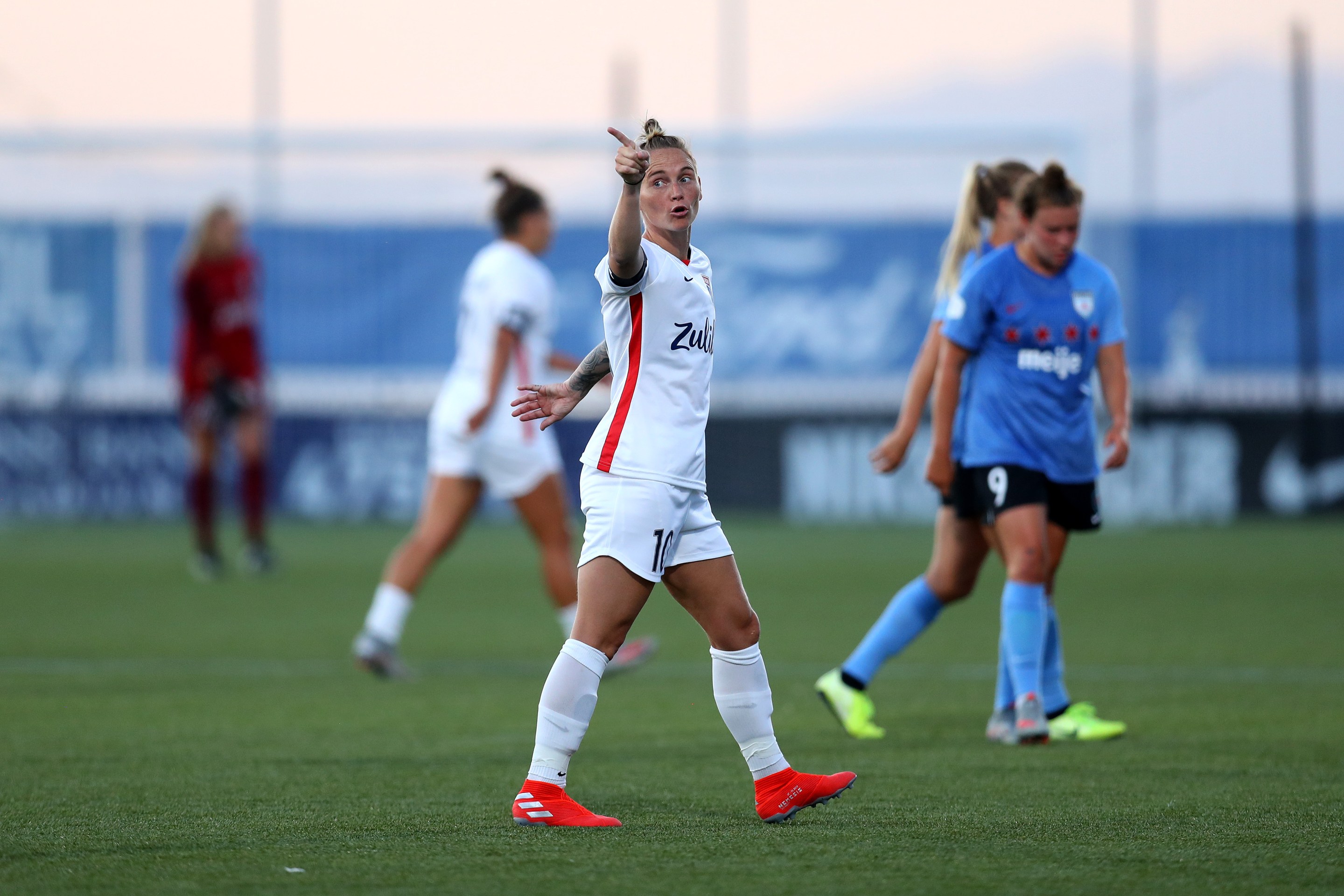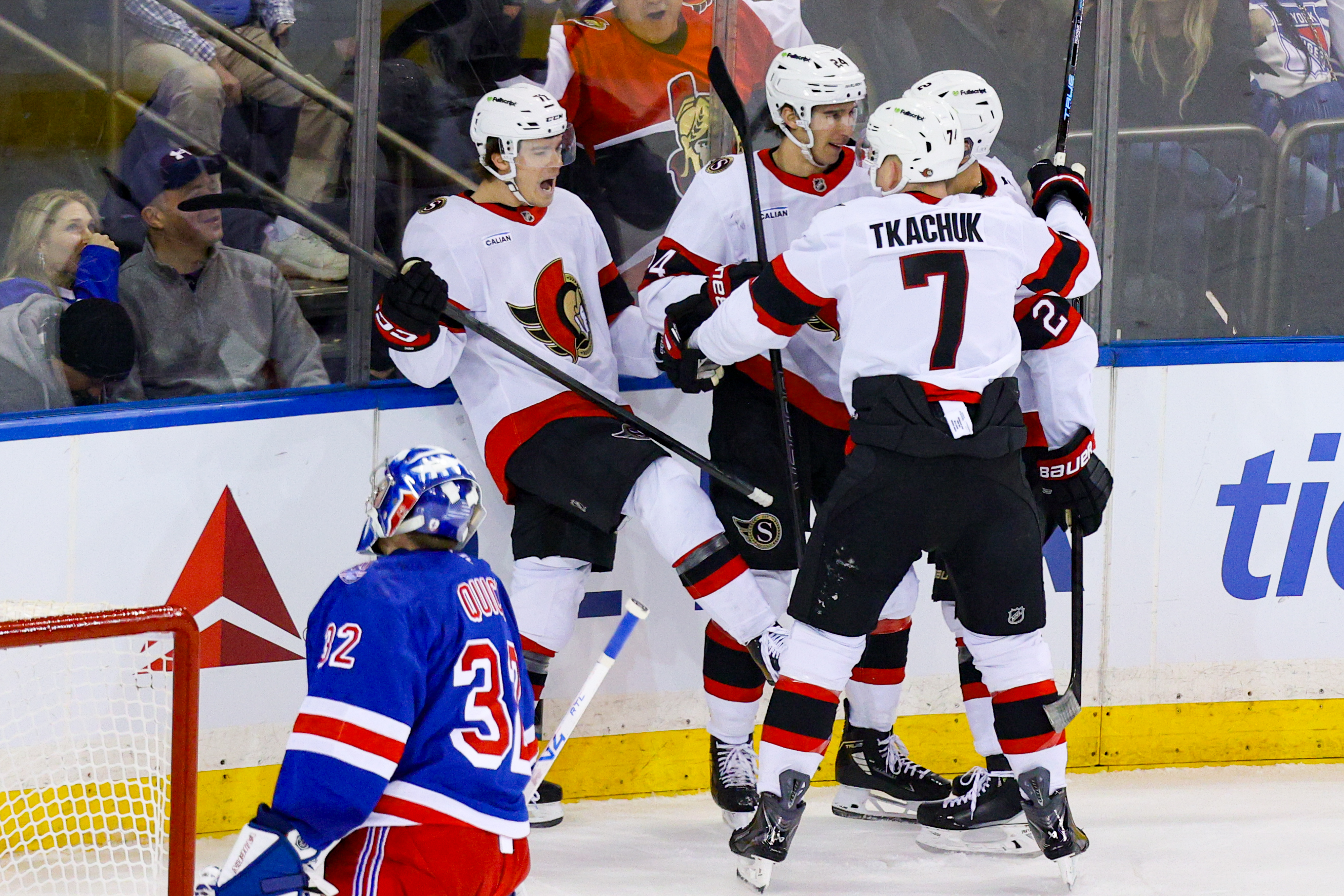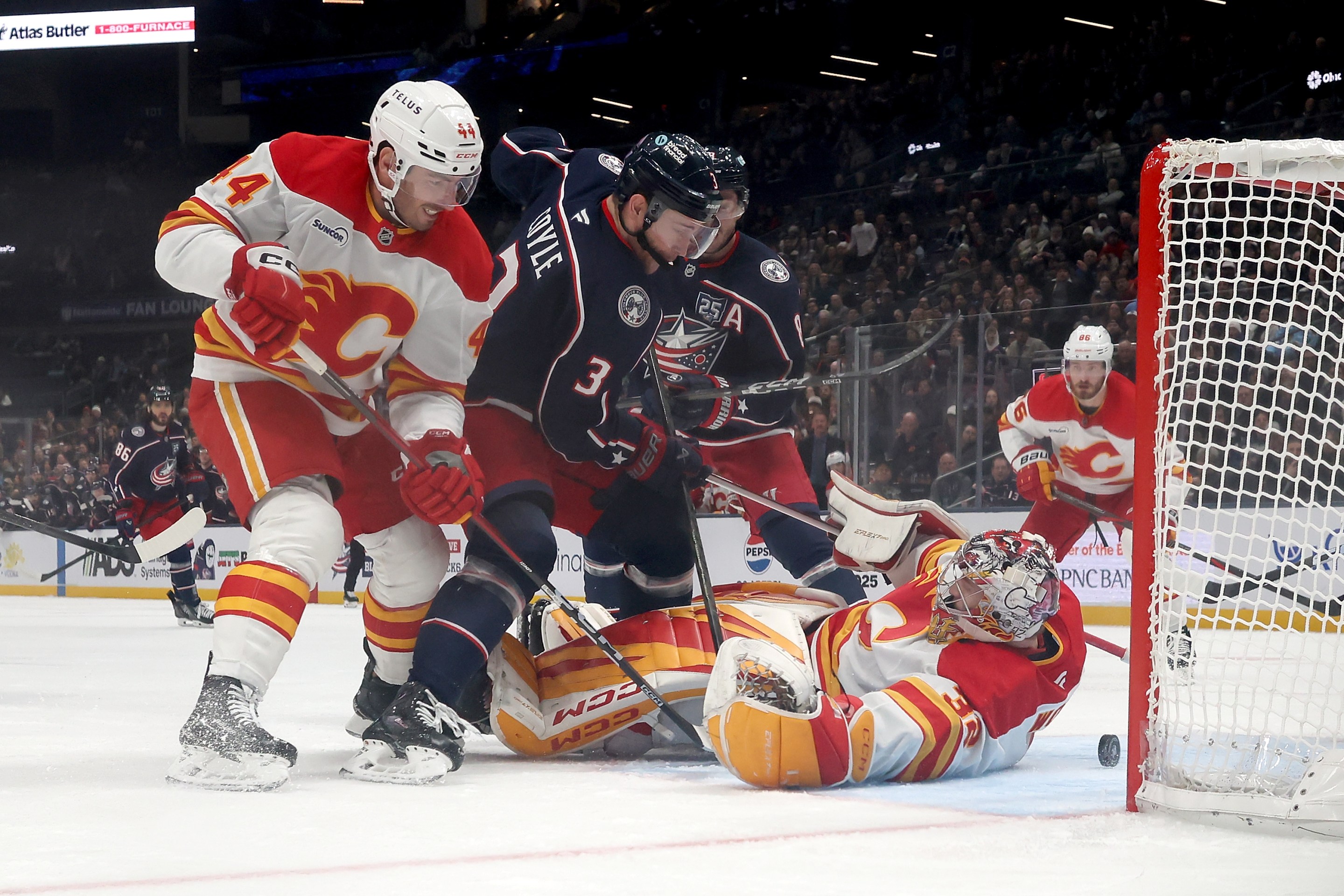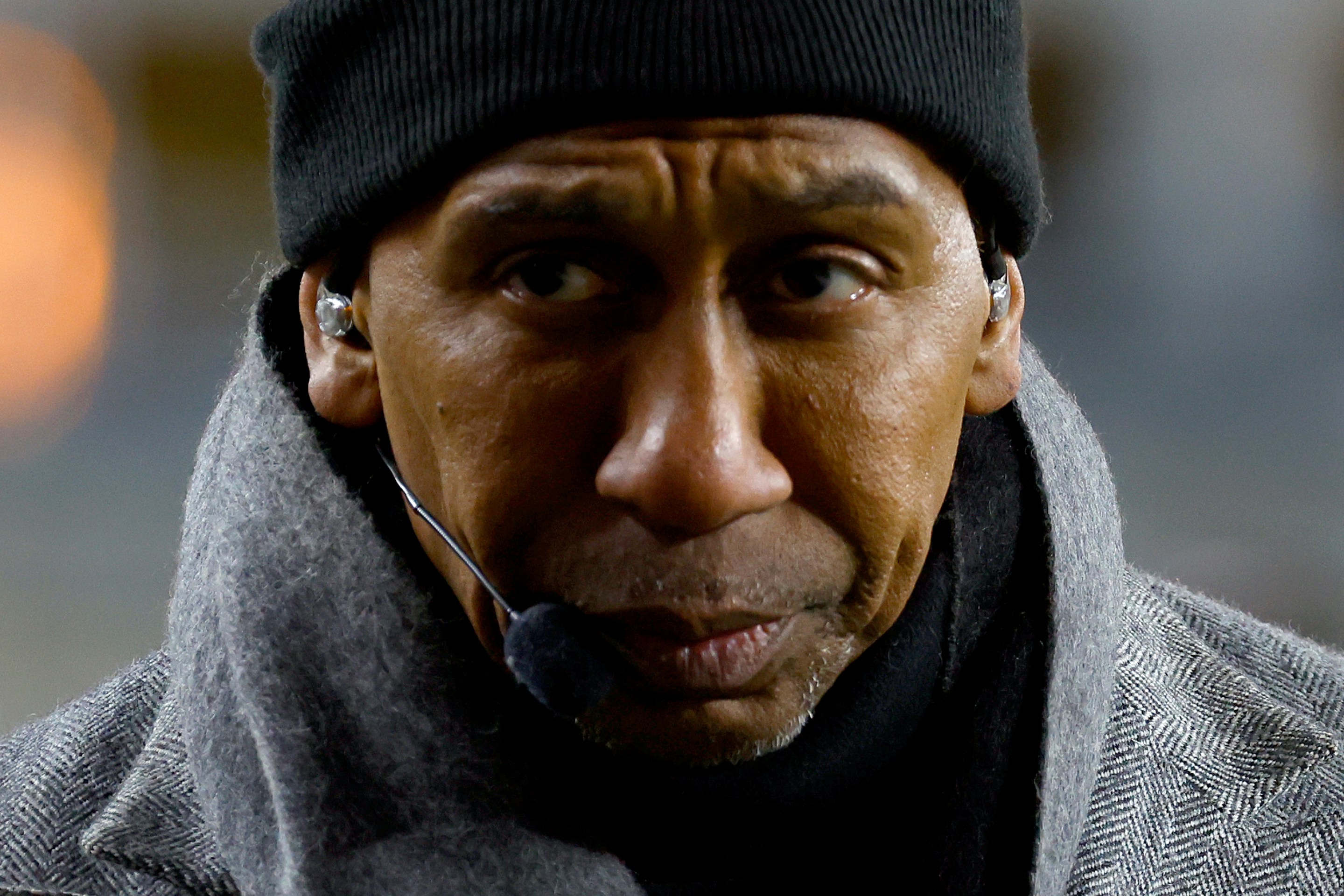On May 23, OL Reign walked into Providence Park—home of 2021 Challenge Cup winners and Cascadia rivals Portland Thorns FC—and stole three points thanks to a scintillating performance from USWNT legend Megan Rapinoe. It was a game that showed exactly how competitive the Reign can be on the NWSL's grandest stage. They’ve struggled in week’s since, however, and have only won one game out of four this season, currently sitting in 8th place in the NWSL standings. This slow start would theoretically be cause for some alarm as this year’s regular season shapes up to possibly be the most competitive in league history. But the Reign aren't panicking. They're just waiting for reinforcements.
In a turn of fortune both expected and altogether unique, the Reign have a cavalry coming that will aim to turn them into the kind of squad that would rival the stacked teams of the long-defunct WPS. After the international break, courtesy of their owners OL Groupe—which also controls the men's and women's Olympique Lyonnais teams in the French leagues—the Reign will be welcoming French forward Eugénie Le Sommer, goalkeeper Sarah Bouhaddi, and German national team captain Dszenifer Maroszán on loan from Olympique Lyonnais. Last week, they announced that U.S. women’s national team center back prospect Alana Cook is joining the squad on permanent transfer from Paris Saint Germain, and this week they announced a similar deal to bring Jimena López in from SD Eibar.
The incoming group is joining a team that is increasingly buoyed with topline talent, including mega-star Rapinoe, who has been with the club practically since the league’s inception, and 2019 World Cup hero Rose Lavelle, who recently returned to the United States after a year with Manchester City. Both of those players are likely stepping out of the league briefly to play in the Tokyo Olympics in July and August, so the actual final vision for the Reign might not come together until the final third of the season. The Reign midfield also includes Wales legend Jessica Fishlock, Canadian international Quinn, Costa Rican international Shirley Cruz, and features a young front line that includes 2019 Rookie of the Year Bethany Balcer and 2020 standout Tziarra King. In short, the team is stacked.
European clubs like Lyon developing a club network isn’t new—think of the various Red Bull men’s clubs around the world—but what OL is attempting in women’s soccer through their ownership of the Reign is something novel considering just how different the NWSL is from every other women’s league in the world. In the European model, many of the same norms used in the men’s game also apply to the women’s side. Teams buy and sell players by negotiating wages and paying transfer fees (though those fees are still relatively new to the women’s market), clubs rise and fall in systems of promotion and relegation, and the teams that invest in buying the best players available tend to dominate the rest of the competition.
But as with all women’s sports, the issue of investment is never quite as simple as identifying equal opportunity, and a number of European leagues are rife with the finest assembly of footballing talent available on the planet competing against players who have to hold second jobs in order to sufficiently pay their bills. Lyon’s domestic league, Division 1 Feminine, has been accused of purely being a two-team race between the frequent champions Lyon and PSG, though the level of competition in Europe is improving every year. So when OL Groupe bought into the hyper-competitive NWSL in 2019, there were questions about how the ownership group would adapt to the NWSL’s stringent roster rules.
There’s no league that’s more fun to watch week in and out than the NWSL, due to women’s soccer being a genuine phenomenon of popularity in the United States backed by a player pool benefitting from decades of Title IX legislation. But much of the actual club parity also comes from a rigid structure that exists to make sure less wealthy clubs can keep up with teams with deeper pockets. Unlike their global counterparts, the NWSL is a single entity with a college draft, a player-rights discovery list that allows teams to make claims on certain available players, and a very complicated salary structure that includes a hard cap. It’s a distinctly American system.
The Equalizer reported in May that NWSL teams in 2021 have a cap limit of $682,500, with a maximum allowed salary of $52,500 and a league minimum salary of $22,500. That range of available money is meant to be spread around a roster size of 22 to 24 first team players. Those salaries do not include players on either the U.S. or the Canadian federation allocation list (a remnant of a time before clubs could afford to pay a living wage themselves), whose yearly salaries are paid by their respective federations and who represent a set hit to each team’s salary cap—$33,000 for Americans and $27,500 for Canadians.
If this whole system seems a little bit confusing, it unfortunately only gets more complicated from here. For a number of years, the kinds of salaries the NWSL offered were competitive on the global market, especially when combined with the elite competition that the league provided as players prepared for more lucrative opportunities with their national teams. But as the major footballing nations began to wake up to the possibilities of the women’s club game, the league maximum no longer enticed players to come here for long (or, in Australian superstar striker Sam Kerr’s case, a good enough financial reason to stay). Lyon, for example, have long been at the forefront of offering six-figure salaries to the world’s best in order to entice them to join a team that won Division 1 Feminine 14 years in a row.
To try to stay competitive with the European leagues, the NWSL introduced their own special brand of allocation money, of which teams have $400,000 to use in 2021. This is a buy-in structure that allows teams to pay specific players more than the league maximum, and it was created with the intention of keeping the league a viable financial option for both international and homegrown talent. This money comes with its own set of rules; there are specific criteria a player must meet in order to be eligible for an allocated contract, including benchmarks like three caps for an international squad, more than five years playing in the NWSL, being a former federation allocated player, and winning various post-season awards.
The Reign are currently in the process of trying to leverage these complicated salary rules to their advantage. Le Sommer, Bouhaddi, and Maroszán are all on loan from Lyon until the end of the 2021 NWSL regular season, which likely includes most of their salaries being paid by their home club, though it was noted that Bouhaddi and Maroszán’s deals included club allocation money. Lavelle and Rapinoe are U.S. Soccer federation players, however the Reign did purchase Lavelle’s rights from the Washington Spirit for what Rapinoe would later call a “honey bun” ($100,000 in allocation money). Cook, who bypassed having her rights taken by a team not of her choosing by foregoing the draft entirely when she graduated from Stanford in 2019, required a transfer fee paid to PSG, and joined the team on a standard three-year contract, as did López. The Reign probably also have some players that they’re going to have to loan back out to make all of this work, and how they are actually keeping everything under the cap is still something of a mystery, but the clubs buying power combined with league expertise is allowing them to create something special.
Although the Reign will have successfully imported enough talent to set the NWSL on fire, one of the beautiful things about this league is that there’s a real possibility that this approach might not even work. The idea of a European-style mega-team has never been attempted in the NWSL successfully, and there are just as many stories of teams fragmenting under the weight of their stars while clubs built on shoestring budgets and hard work find ways to win trophies. To twist a popular phrase, Bouhaddi, Le Sommer, and Maroszán are going to have to prove they can perform on a hot Tuesday in Orlando, and manager Farid Benstiti is going to have to prove that he can manage a crowded roster full of players expecting to get minutes. But no matter where they land on the table, OL Reign represents what a new-look NWSL club can be, and if they can perfect the American-Euro hybrid, they’ll be a force for years to come.






